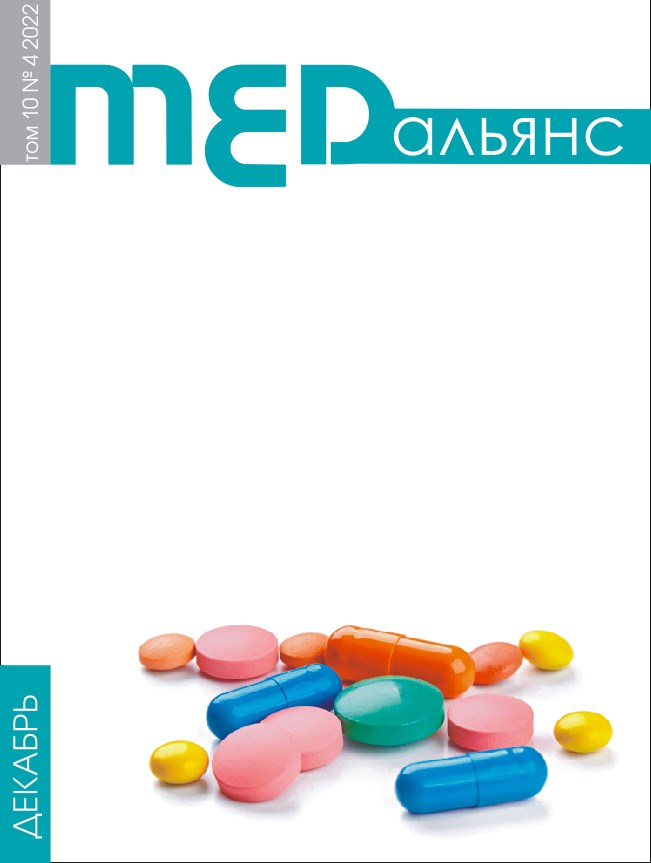Abstract
The main work in the treatment of patients with tuberculosis with multidrug resistance (MDR) of mycobacterium tuberculosis (MBT) falls on medical organizations of public health in the regions of Russia. Since 2017, there has been a downward trend in the prevalence of respiratory tuberculosis (RT) with MDR MBT, and since 2018, a decrease in the growth rate of the percentage of patients with RT with MDR MBT among patients with RT with bacterial excretion. During the COVID-19 pandemic, there was an increase in the proportion of RT patients with MDR to the highest values, apparently having a multifactorial genesis. In 2020–2021, there is a decrease in the growth rate of the number of patients with RT with MDR due to a decrease in their growth from all sources (new cases, progression of the disease, arriving patients), except for cases of relapse of tuberculosis, the number of which has not changed significantly since 2015. The most significant impact on the number of bacterial excretors until 2020 was the growth of abacillated patients; a significant impact is also made by a decrease in the number of patients identified with the progression of tuberculosis, which is associated with an increase in the quality of microbiological diagnostics. Since 2020, a decrease in the number of newly diagnosed patients has had a significant impact on the number of bacterial excretors of RT with MDR. According to indirect signs, there is an increase in the effect on the mortality of RT patients with MDR HIV infection. The increase in the percentage of patients with RT with MDR was accompanied by a leveling of the indicator across the regions of Russia, due to its predominant increase in regions where its level was initially low. The most significant increase in the ratio of abacillated RT patients with MDR to deceased patients is observed in regions with a high burden of tuberculosis, but the value of this ratio lags behind the similar indicator for subjects with a low burden of tuberculosis by three years. The most unfavorable situation in terms of the burden of RT with MDR is observed in the Kemerovo region, which simultaneously ranks second in terms of the absolute number of RT with MDR and fourth in terms of prevalence.

